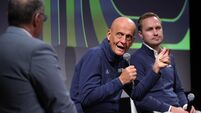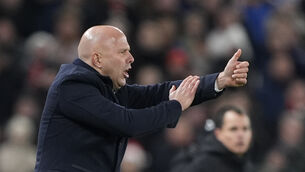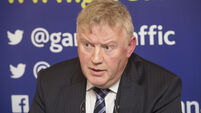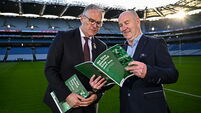Our brand of World Cup fever would be alien to Croatians

Indeed, the popular riposte that failure must be tempered by our low population is crushed by the fact Croatia, at 4.17m, has just 600,000 more inhabitants.
Of course, the apologists may argue, the Balkans doesn’t have competition from GAA. Yet, handball and basketball are prominent enough alternative codes to vie for the hearts and minds of the sporting public.











